In a world where sustainability and renewable energy are becoming increasingly important, solar panel installation has gained substantial popularity. Harnessing energy from the sun not only reduces your carbon footprint but also leads to substantial cost savings over time. In this comprehensive guide, Solar Resource will walk you through the step-by-step process of solar panel installation, from initial considerations to final setup. Whether you’re a homeowner or a business owner, this guide will provide valuable insights into making your solar journey successful.
Introduction to Solar Panel Installation
Why Choose Solar Energy?
Solar energy is a clean and renewable energy source that reduces reliance on fossil fuels and contributes to a more sustainable future. By installing solar panels, you can generate electricity from sunlight, which is not only environmentally friendly but also helps you save on your electricity bills.
Benefits of Solar Panel Installation
Cost Savings
Solar panels can significantly lower your electricity bills over time, as you’ll be generating your own power.
Environmental Impact
Solar energy is clean and doesn’t produce greenhouse gas emissions, reducing your carbon footprint.
Energy Independence
Generating your own power means you’re less dependent on external energy sources.
Increased Property Value
Homes with solar panels are often more attractive to buyers, potentially increasing your property’s resale value.
Government Incentives
Canadian federal and provincial governments offer incentives such as tax credits or rebates to encourage solar adoption.
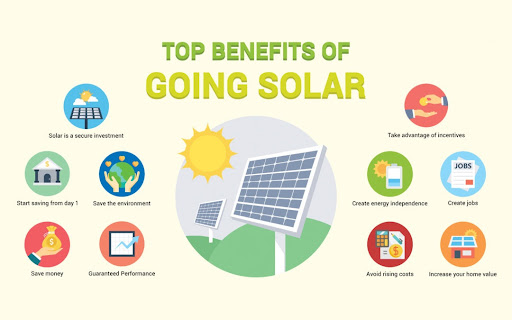
Preliminary Steps
Energy Audit and Consumption Analysis
Before diving into solar panel installation, conduct an energy audit to understand your current energy consumption patterns. This will help you determine the size of the solar panel system you need.
Financial Considerations and Budgeting
Evaluate your budget for solar panel installation, considering the upfront costs and government loans that pay for them, potential financing options, and long-term savings. Calculate the payback period to understand when your investment will start paying off.
Permits and Regulations
Check with your local authorities regarding necessary permits and regulations for solar panel installation. Regulations might cover aspects such as system size, grid connection, and safety requirements.
Choosing the Right Solar Panel System
Types of Solar Panel Systems
There are three main types of solar panel systems: grid-tied, off-grid, and hybrid. Grid-tied systems are the most common and are connected to the local electricity grid. Off-grid systems are independent and suitable for remote areas. Hybrid systems combine solar with other energy sources or battery storage.
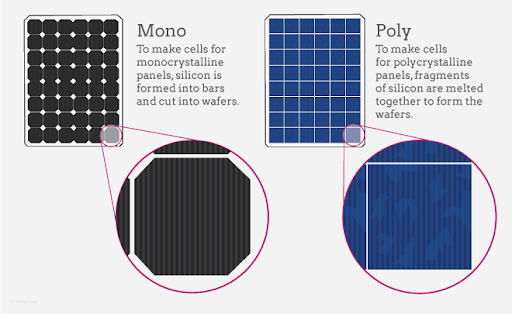
Sizing Your System
The size of your solar panel system depends on your energy needs, available roof space, and budget. Work with a professional installer to determine the optimal system size for your requirements.
Selecting Solar Panel Brands
Choose reputable solar panel brands known for their efficiency and durability. Research and compare different options to find the panels that best suit your needs.
Finding the Ideal Installation Location
Roof Suitability and Orientation
For most residential installations, rooftops are the preferred location for solar panels. Ensure your roof is structurally sound and faces the right direction to maximize sun exposure. South-facing roofs typically receive the most sunlight.
Ground-Mounted Options
If your roof is not suitable for solar panels, consider ground-mounted options. These installations require available land on your property and are ideal for optimizing panel angles.
Shading Analysis
Perform a shading analysis to identify any obstructions that might cast shadows on your solar panels, such as trees or nearby buildings. Minimizing shading is crucial for optimal energy production.
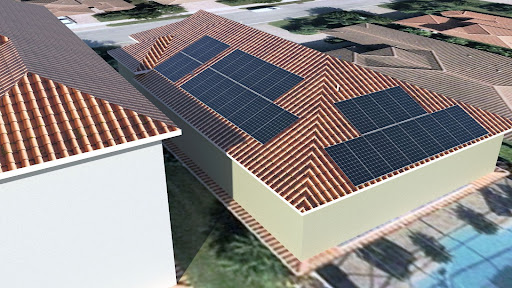
Procurement of Equipment and Components
Solar Panels
Select solar panels based on their efficiency, wattage, and warranty. Monocrystalline panels are known for their high efficiency, while polycrystalline panels offer a cost-effective option.
Inverters
Inverters convert the DC energy generated by solar panels into AC energy for household use. Choose between string inverters (cost-effective) and microinverters (panel-level optimization).
Mounting Equipment
Securely mount solar panels on your chosen location using mounting racks. The type of rack will depend on whether the installation is on a roof or the ground.
Wiring and Connectors
Ensure high-quality wiring and connectors to minimize energy loss. Your installer will design a wiring system that connects the panels to the inverter and then to your electrical panel.
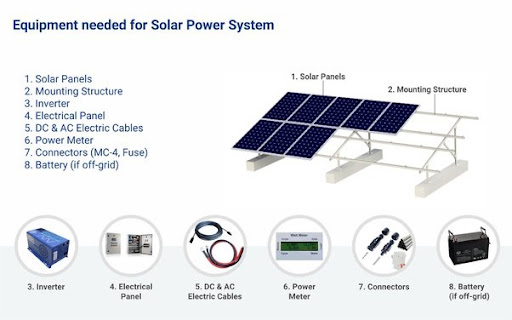
Installation Process
Safety Precautions
Safety is paramount during installation. Ensure that your installer follows all safety guidelines, uses proper protective equipment, and complies with building codes.
Mounting the Solar Panels
Solar panels are mounted onto the roof or ground racks using clamps. The angle of the panels is crucial for maximizing energy production.
Wiring and Inverter Installation
Wiring is carefully routed from the panels to the inverter and then connected to your home’s electrical system. The inverter is usually installed in a convenient location, often near your main electrical panel.
Connection to the Grid
Net Metering and Financial Grants
Many regions offer net metering programs that allow you to sell excess energy back to the grid. Research your local regulations to understand how you can benefit from these programs before and after you install solar panels.
Grid Connection Process
Your installer will coordinate with your utility company to ensure proper grid connection. This step might involve upgrading your electrical panel to accommodate the solar system.
Required Inspections
Local authorities or utility companies might require inspections to ensure your system meets safety and performance standards. Your installer will handle these inspections.
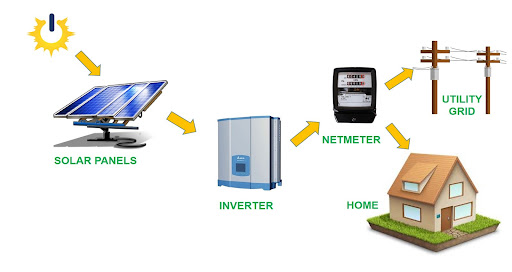
Testing and Commissioning
System Functionality Check
Before activating the system, your installer will perform thorough checks to ensure all components are functioning as intended.
Performance Evaluation
Monitor your system’s performance through online monitoring tools or mobile apps provided by your installer. This helps you track energy production and identify any issues promptly.
Troubleshooting
If you notice any discrepancies in energy production or system performance, contact your installer for troubleshooting and repairs.
Maintenance and Care
Regular Cleaning
Keep your solar panels clean from dirt, dust, and debris to maintain optimal energy production. Gently hose down the panels or use a soft brush for cleaning.
Monitoring Energy Production
Regularly monitor your energy production to ensure your system is performing as expected. Any significant drops in energy generation might indicate a problem.
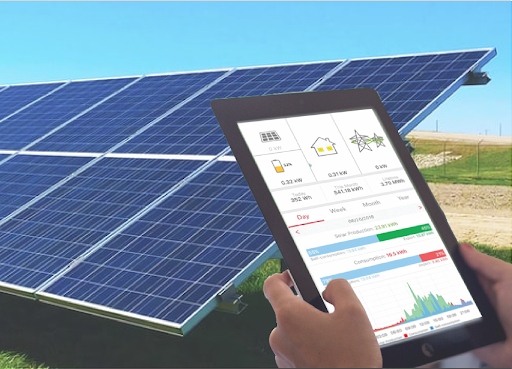
Professional Inspections
Schedule periodic professional inspections to identify and address any technical issues. Professional maintenance can extend the lifespan of your solar panel system.
Tips for a Successful Solar Panel Installation
Work with a Reputable Installer
Choose an experienced and reputable solar installation company to ensure that all challenges are solved with a skillful approach, keeping in mind long-term system performance.
Consider Future Expansion
If your energy needs change, plan for potential system expansions. Design your initial installation with future scalability in mind.
Understand Warranty and Maintenance Terms
Review the warranties for your solar panels and components. Understand what is covered and the maintenance requirements to keep your system in good condition.
Conclusion
Solar panel installation is a significant step towards energy independence and a sustainable future. By following this step-by-step guide, you can make informed decisions at every stage of the installation process. From preliminary considerations to system maintenance, your journey towards harnessing the power of the sun can be both environmentally conscious and economically rewarding.
Embark on your solar journey today with guidance from Solar Resource – your trusted partner in solar power world.
